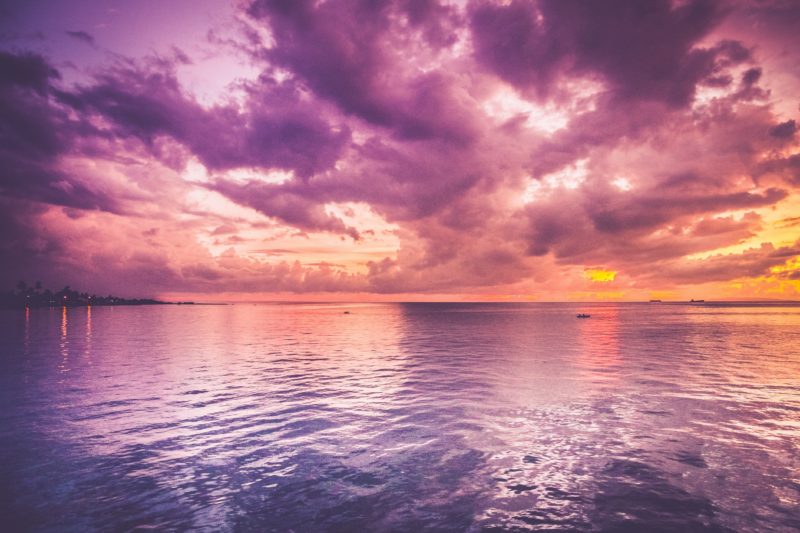Useful Equipment for Seascapes Photography

Seascapes are about sky, water, the physical dynamics of the points at which they meet, reflections and mirror imaging and most of all, the unique qualities of moisture-filtered light that one can only find where sky meets water.
The coastline has long been a favored location for photographers, and – with its ever changing landscape, light and moods – it’s not difficult to see why. Beautiful seascape shot in stunning locations can really enhance your image collection and help to take your photography skills to the next level.
Just as in Landscape photography, to create extraordinary images you need to have the right kind of equipment. Here are some of our recommendations:
Camera
The most obvious and most essential piece of gear
Lenses
The choice of lens depends upon the location and the effect you aim to achieve in your shots. The vast majority of seascapes is shot with wide angle lenses, but the compression of view afforded by telephoto lenses could work well in certain situations.
Lens Hood – photographing seashores is one of the times when a lens hood comes in very handy, it helps eliminate flare, thereby, increase contrast and also affords some protection from the sea spray.
UV Filter
In general professional photographers are divided as to whether a UV filter is necessary or not, but when it comes to photographing seascapes they are all united in their opinion. Photographing seascapes could be very demanding and in order to protect your lens from the splashes and the sea spray a UV filter is an absolute must. Remember in the course of a day you may have to clean the filter/front element many times over, now it’s your choice rubbing repeatedly will cause the anti glare, reflective coatings on the front element to deteriorate, but if it’s a filter you can easily replace it with another as it costs very little when compared to your lens.
Sturdy tripod and head
Moving water and clouds at the beach present lot of opportunities for long exposure shots and this requires a solid tripod with a solid head. Remember to clean your equipment thoroughly after working at the beach as salt water and sand could easily damage it if left unattended.
Bubble level to level the horizon
If your tripod head has one or if your camera is one of the newer models that have a digital level then you probably won’t need one of these, but if not then having one will make things very easy and they cost very little.
Spare Battery
Shooting in live view, shooting long exposures, constantly reviewing shots in the cameras LCD etc. could all drain batteries quickly. Always carry a fully charged spare battery with you even if you don’t use one, it’s very reassuring that you have one with you if it’s needed.
Small headlamps or torch
If you intend to shoot in the early morning hours or late evening a headlamp could come in very handy, it will help you find your way in the dark, could help illuminate camera dials and if needed be used for light painting some foreground elements. Headlamps have the advantage over torch as they let you free both your arms.
Lens Cleaning Solution & Lens Cleaning Cloth
While shooting at the beach your lens or filter will frequently get coated with salt crystals, clean your lens/filter frequently using lens cleaning cloth and solution and do it very carefully as dry salt crystals could easily scratch your lens.
Rain Coat and Rain cover
Always carry a rain cover for your camera. Keep your camera in it only take it out when you are ready to shoot and put it back as soon as you are done, it will keep your equipment safe from slat and splashes. Rain coat will help you keep dry in case it rains.
Remote Control / Cable Release
This is not an indispensable item as you can always use the self timer on your camera. But having one makes matters easier.
Read the full article on Lens Magazine Isuue #20 Seascapes

